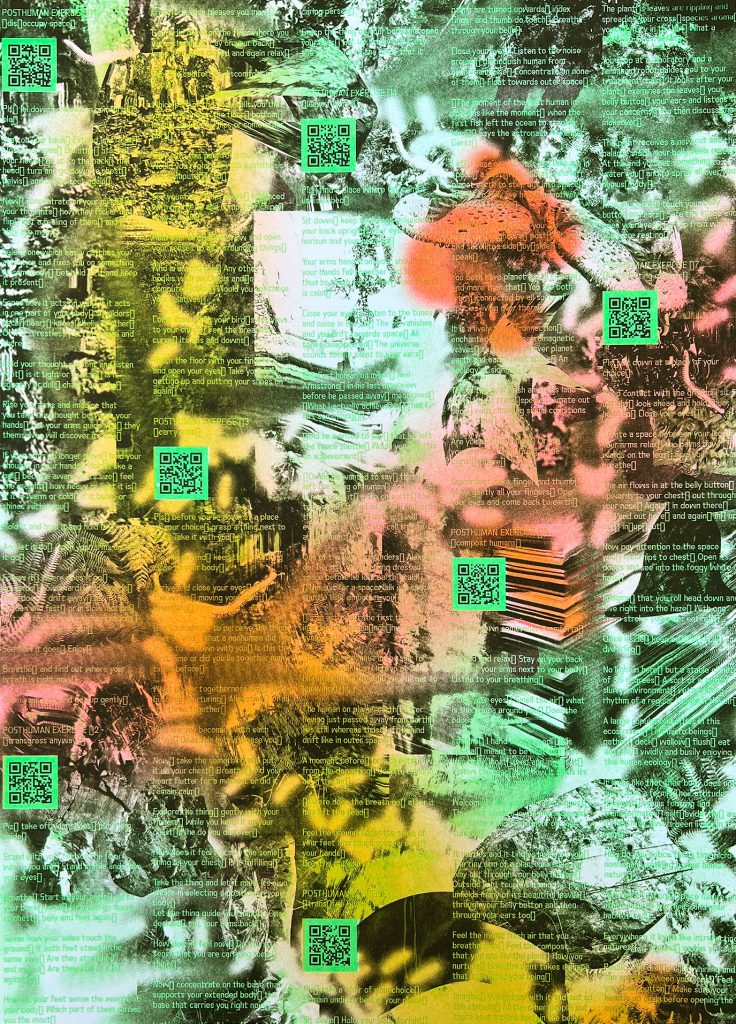
Posthuman Exercises is a hybrid publication of seven meditations. It combines a graphic poster (40,5x29cm) in risography print with QR codes that guide to the audio version for meditation with an insert reader (29×20,4cm) which reflects the meditations in poetic form on a theoretic level.
Through the Posthuman Exercises, the meditators will touch the nature of a more-than-human world. The exercises are minimalist and based on mental and sensory elements that incorporate storytelling and silence. The duration is between 5-6 minutes and no special preparation is required. To do the exercise, find a place where you can sit and/or stretch out and relax without being disturbed. Take a few moments before and after meditation.
Credits Meditation design & performance by Chrismaria Pfeifer. Graphic design by Ana Labudović. Insert reader by Edith Lázár. Recording & sound design by Tom Hüttl.
Support The publication was made made possible by Akademie Schloss Solitude, Bosch GmbH Center for Research and Advance Engineering, and Steiner Stiftung München.
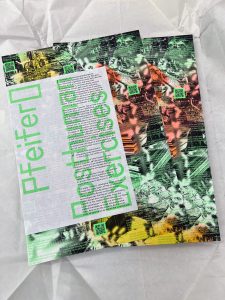
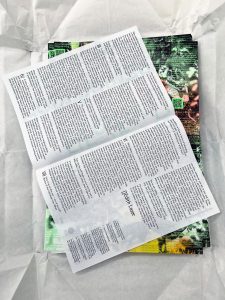
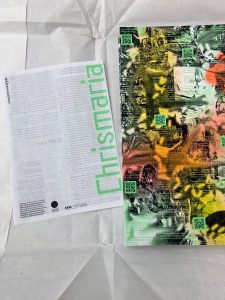
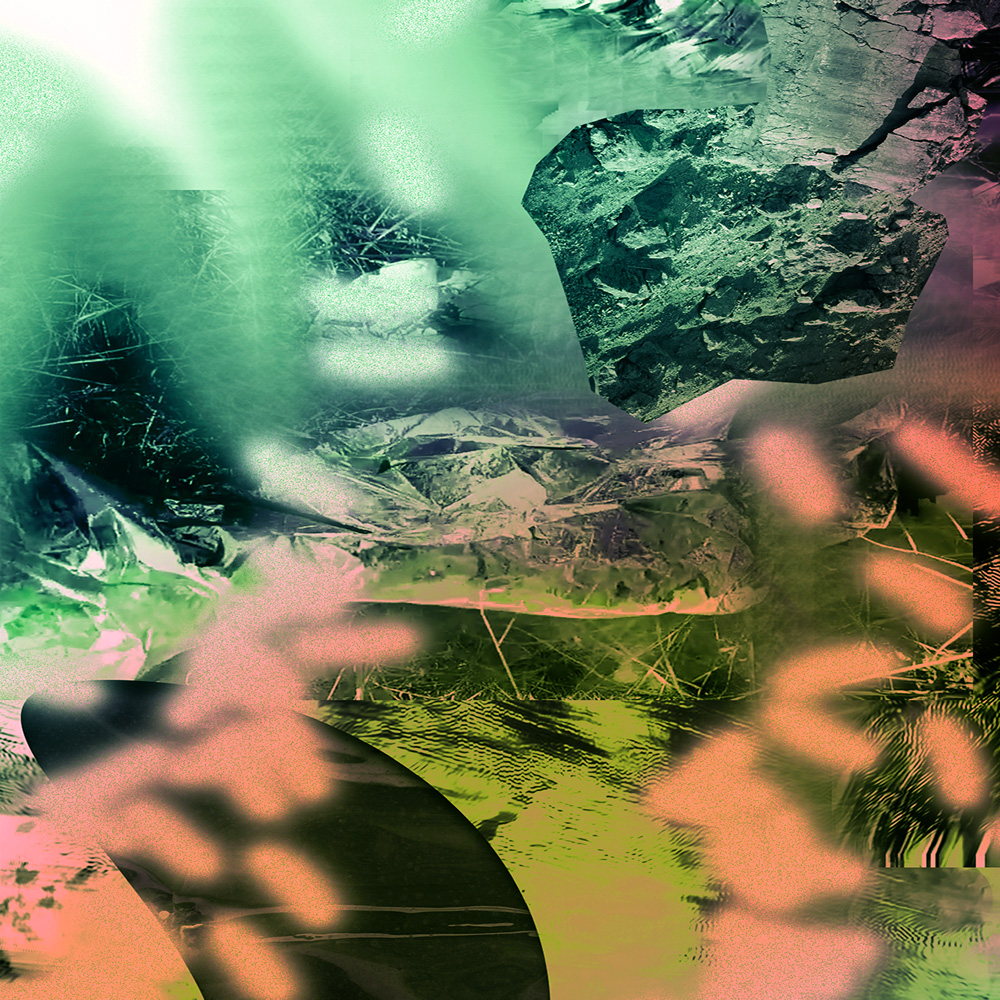
Outwards, an immersive landscape of overgrowing networks has sprung. We glide over this wired vegetation so easily and naturally, oblivious to all the zeroes and ones that fluctuate through it, its meticulously weaved interactions, of cells and circuits harboring data. Oblivious as well to the skins of wonder shedding and incorporating the minutiae of life, as we take it as no more than a given. What do we brush over when we move as we do, with our mind on instruments for domestication rather on that feeling of allowing be? Is there something else to embrace and let go of?
The landscape, however, has a mind of its own and looks back at us, manifesting, as do all the other “invisible entities that are perceivable only through the mark that they leave on the world.”* Never made just from a null and a plus, a precise cutout or a firmament, these encounters are rather punctuations. You have to let them simmer and sit, so we can find a way to start. There, in the warmth of the forehead, there are many restless thoughts emerging from out of the depth of the body that hosts them. They ask for a stillness, that peculiar kind which is, at the same time, not a stillness. Instead, it lets unfold a soft choreography for moving within oneself. Look at it as a navigation mechanism, a sort of odd instrument that can articulate life forms. In it resides that old magic of metamorphous, when you let something else move on your behalf.
*Federico Campagna, Technic and Magic: The Reconstruction of Reality, 2018, p. 8.
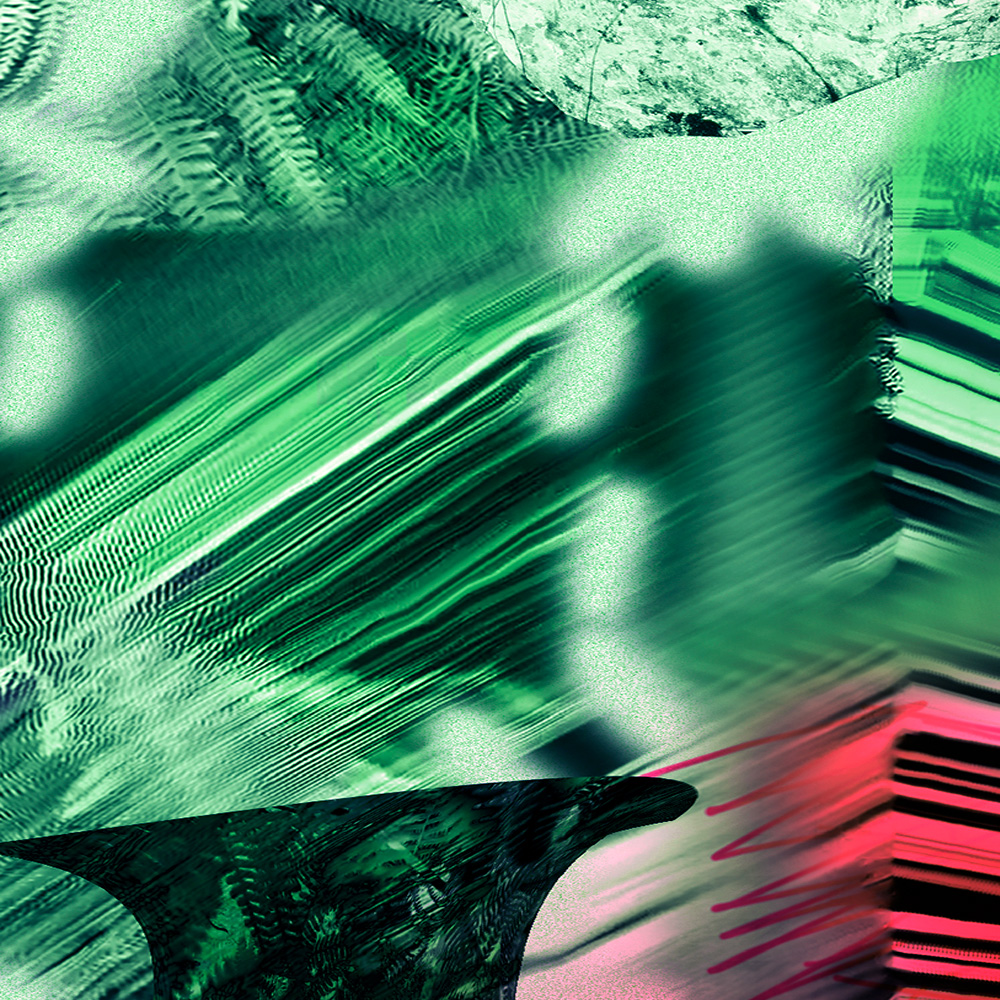
“nobody lives everywhere; everybody lives somewhere”*
– and so, you live within your body
There, behind your favorite place to rest, there is a garden, all fully grown. It’s a vivarium waiting to be inhabited, to let yourself be moved and spread through and by it: a dynamic of togetherness. Like with any journey, though, preparations must be made. And a question seems as good a start as any: This cocoon of yours, what does it allow you to do?
The many ‘matters’ enveloping us are weaved through the many layers of that on which we came to rely so heavily today, technology. Elastic and effortlessly incorporated, technologies are framing as well as extending human design ever more subtly. From the warmth of the clothes to the soles of our shoes, so are prosthetics – made out of threads, melted chemicals, or wires and punctuated chips. And so are the traveling data devices stuck to your hand, as well as the scratchy and flaky epidermis that breaths with you. Less of a futuristic vision, these dreams are already here: the continuous attempts to transform the human, to make fit and invent a form. Yet, the weight of the body weights on you, isn’t it? And thus, to strike up a conversation for our awaiting garden, could we borrow from those that are not us? As to see with new eyes that which has always been there: the ‘ongoingness’ between what is around and how to respond to it, the ‘natural-cultural’ mash**.
A body is intelligence: adapting, adjusting, and growing with species. We might as well follow the meanders of this journey.
*Donna Haraway, Staying With The Trouble: Making Kin in the Chthulucene, 2016, p. 31
**Donna Haraway, Ibid
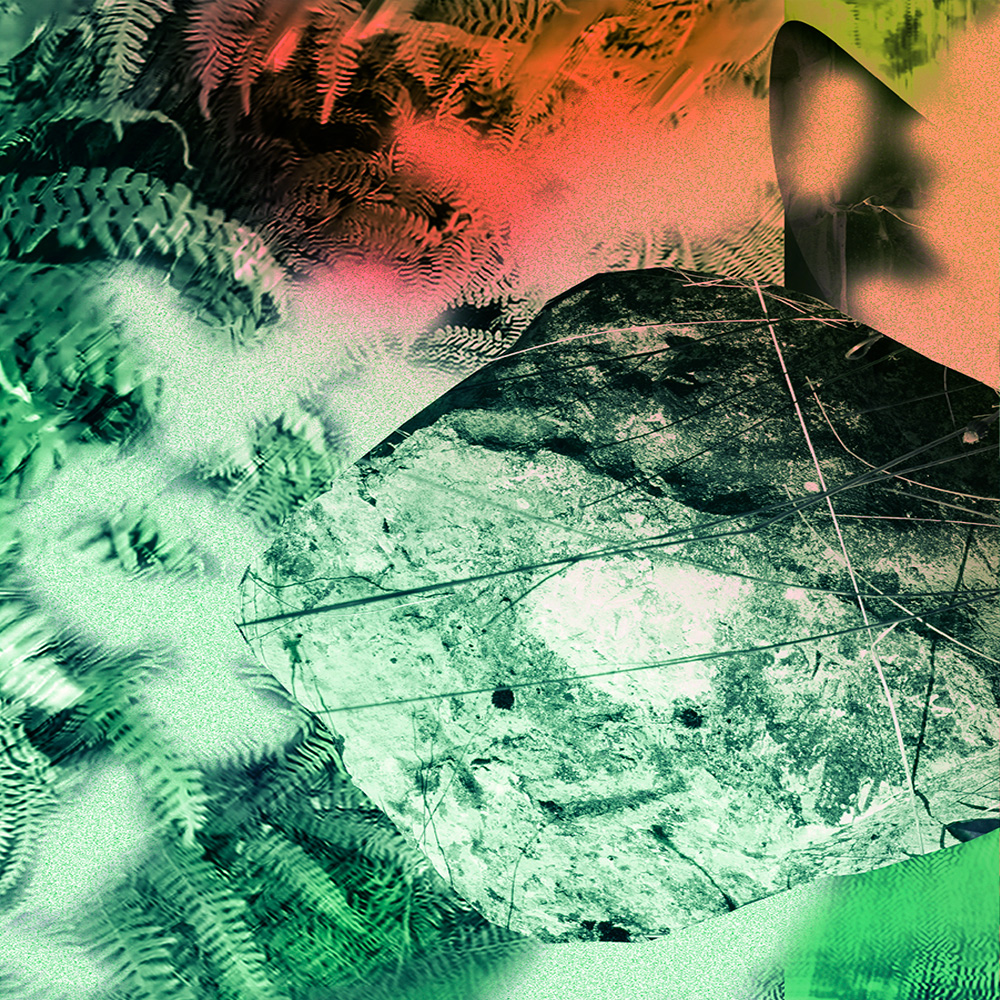
A sweet aroma floats through the air, and I can almost smell its warmness. I reach to it out of intuition (or habit perhaps), softly placing what it is to be placed in the small cup of my hands. I do remember tenderness and try to figure out where does it flow from now – is it unraveling as a soft-spot or as a burden? A muffled noise follows its path to me, and I can’t but wonder what has stepped in. Or if it’s just the floor breathing?
Living with others, what does it mean? And are they only human? Should one make of it a community? Or co-habitation? To notice is firstly to give into that long due attention. It thus drafts another terrain, letting you catch a glimpse of that shadow always resting in the corner of our eye: the many lives of the livings populating our world. Things, animals, spiritual beings, forces growing out of the natural – all that intuitive magnetism we choose to leave in the out, now let it be recalled. There is still a memory of such knowing, latent in one’s being, sensing, ruminating along with that undefinedness of whatever touches us back. The re-actionary way, the response-able way, articulates that ‘longing emanating from the troubles of neglect, it passes within, across, throughout things.’* Ultimately, it unravels the utmost basic of our living: care.
Once, the frontiers have blurred, and ‘things’ broke free. A messy worldliness and so much alive sprung out. In it, the ‘insurgence of posthumanism’ has already happened.
*María Puig de la Bellacasa, Matters of Care Speculative Ethics in More Than Human Worlds, pp. 1-24; Karen Barad, Meeting the Universe Halfway: Quantum Physics and the Entanglement of Matter and Meaning, 2007
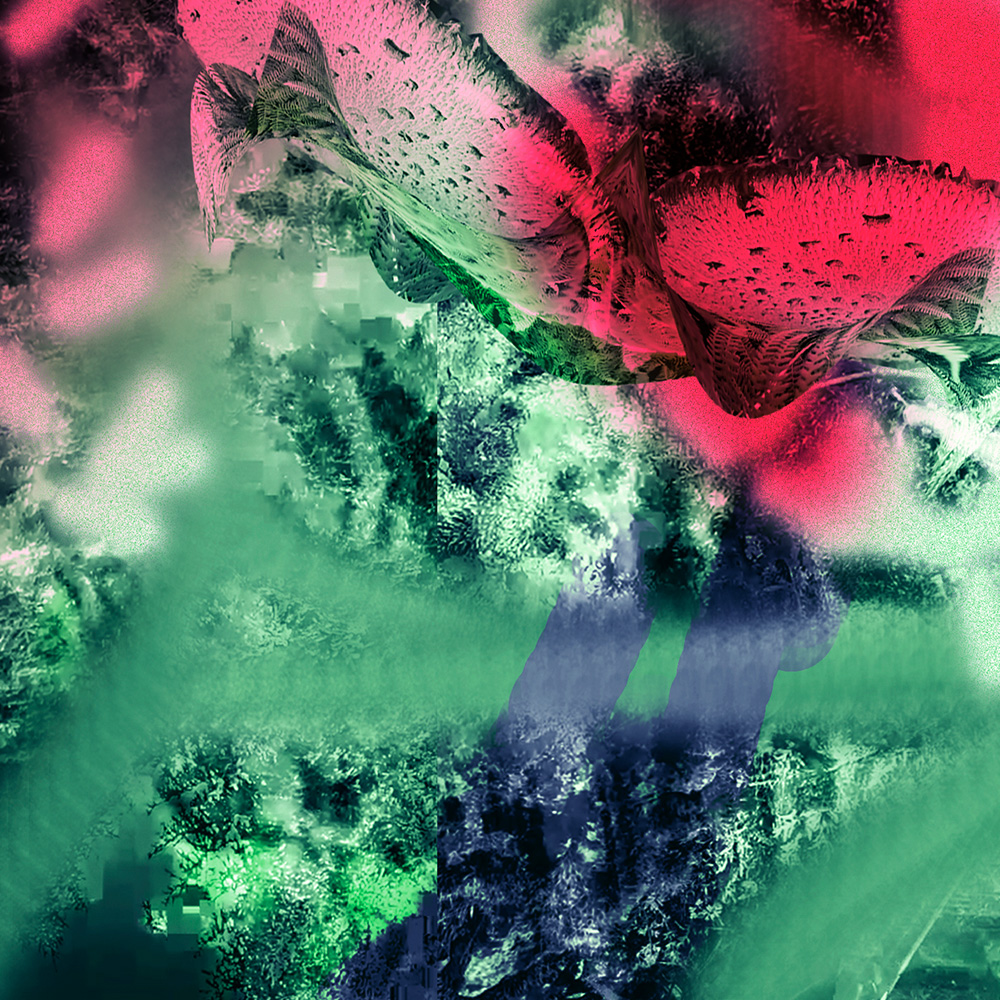
A story is like a compass, needed to travel further away: the story of time and space, unbounded, slipping off to let one navigate. In this vast outer-land, human existence looks like nothing more than a speck of dust, the sedimentary trash of a dead star. How the universe moves, opening gates for us, how the body’s rhythm pushes us in further – we do not know. But that doesn’t mean we are not being transported through them.
Scientists have talked about the music of the universe. Even black holes sing a B flat, fifty-seven octaves below middle C, as a waveform variation. Are we that much trapped within the quietness of outer space, or are we just too encapsulated to hear anything?
The interior of our traveling-pod hosts as well the many historical systems governing our lives – the infamous culture of achievement or the scenarios of what do we leave behind us—that which led to measuring one’s value to the illusion of the individual man. And once again, one has to ponder the criteria through which we declare our push for survival. In-between science and politics, in-between facts and fictions, the investigations and the wrapping, other narratives long to be storytold. Like symbiosis, which has followed us from the gutter to the gut and in the immensity of the cosmos, and back. All these complex micro-organisms and macro-systems are overflowing. You only need to listen, and ears are the strangest of organs, for they hold in themselves the secret to an internal equilibrium.
“I dreamt my ear wax bloomed like coral,” writes down Vladimir Xie while on his training for a journey to Mars.*
*from Hu Fang’s letter series Dear Navigator, 2013, in What’s Love (or Care, Intimacy, Warmth, Affection) Got to Do with It, e-flux journal & Sternberg Press, 2017, p. 84
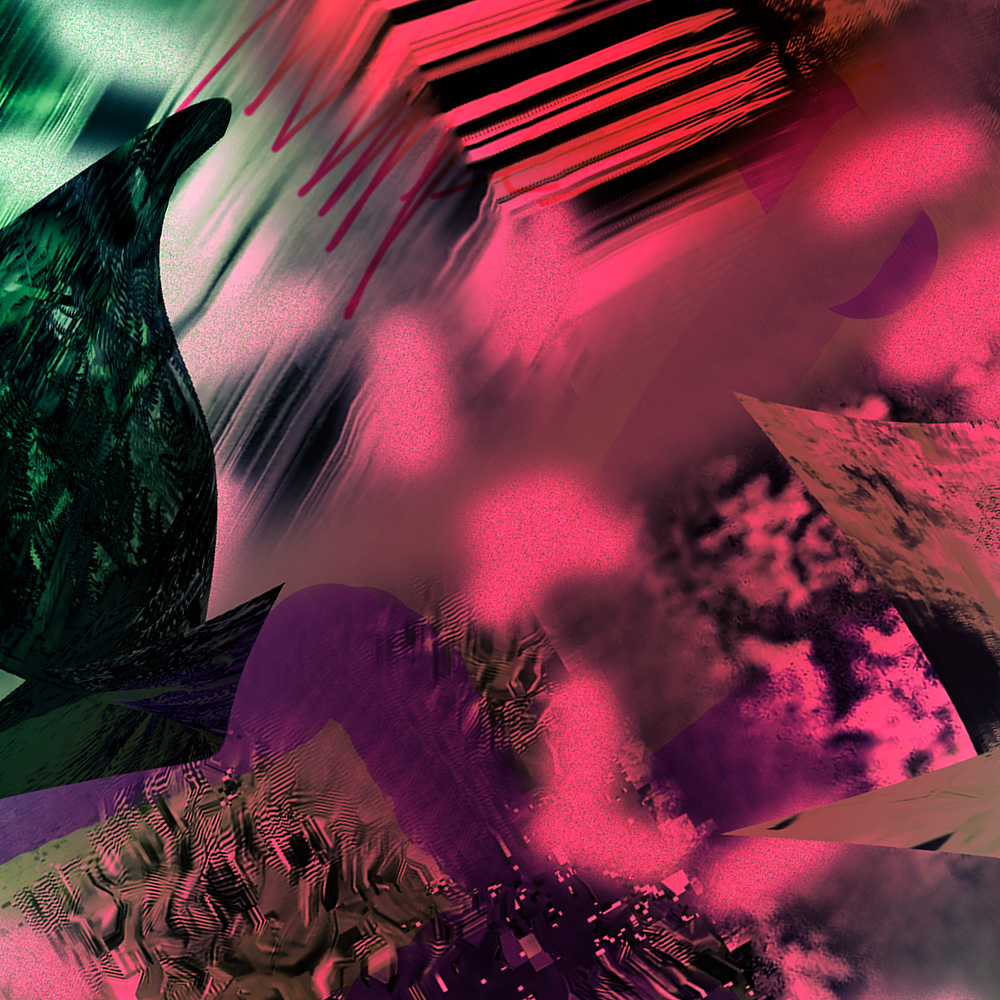
The stories we tell ourselves in space, out in the outer, talk so often about the unfriendliness of a dark, hollow space, for in it breathing becomes a heavy burden. How does one keep alive in space, anyway? The body gets lighter, but the muscles twinge on the bones in any bodysuit. And ‘what looks back at us when we look up into the sky?’. One of those pitch-dark questions, it packs up the many myths and theories of entities and life-forms ready to snatch up the human body at the slightest moment of carelessness. Yet, it is the earth’s galactic footprint that has extended to the other neighboring planets.
What if, instead, we look at the story of space as care for conversions—a tale not just of colonizing or being colonized, but one born out of symbiosis with an environment.
Step no further than the marginal pellicle, the earthlings’ orbital space, and a mesh of entanglements flow out of a sea of information and electric circuits. All of these connections make us aerial, universal travelers, or cosmic dwellers. In the neuro-network rooting across the globe, is there a sense of belonging when one gets transmuted beyond culture and history? A belonging to what then?
It’s a different kind of work to consider the body as one of the many other organisms that strive for survival in the face of extinction, by simplifying their life and taking refuge in experimental rules. If transformation occurs, how will the body be orbiting such a liminal space? A negative space, a shadowy space as this one might seem, is no less of an architecture, arches and tectonic structures, of fluid and grounded at the same time. They make the body an observer for re-setting the world. How we are able to perceive and sense is determined by this dynamic cosmos that continually sorts, arranges, and evaluates inputs. As the ebb and flow or the tides under the influence of heavenly bodies, so does the body always unfold with the outside.
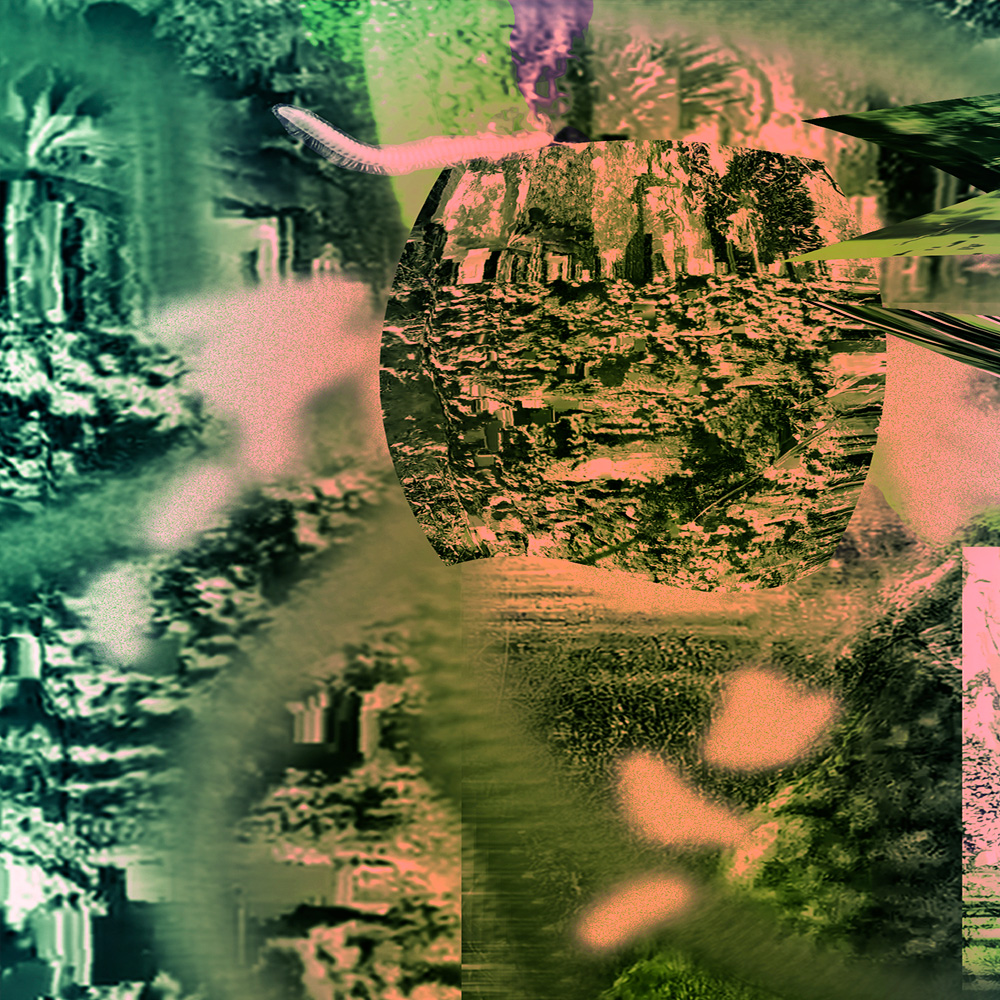
What makes a sense of belonging? Is it a matter of feeling that enfolds oneself, or is it one of sharing? Think of all the invisible entities that already reside and grow inside and outside of our bodily-shelter. From the skin to the gut, where we place our beloved sensorial feelings and intuition, genuine terraformers continue their living: bacteria, imperceptible bugs, and other plant-like creatures. To experience these connections is to understand oneself in terms of the nutritional, metabolites, and affective needs of an eco-system. But such spatiality, the human as a pod or a place of growth, has haunted humans since the late 19th century as the primordial site for terrors and phobias. Thus, stepping into oneself as that place of growth seems no easy task, when in the back of the mind, the current sanitized culture continues its domesticating process.* Its body-product has for too long cluttered the vision and made from ‘microbes’ the reason for its coercive hand.
Then, let the soil linger on your skin for just a little while – and see where does it take you.
A traveler without boundaries is fluid, streaming in organisms, neuro-networks, and technologies. It has always been like this: bio-feedbacks are just nurturing spaces to grow. They rise ecosystems that don’t depend (as we seem to) on the ability to question why they exist; or cut clear differences between an outside and an inside. They just merge. It’s a becoming, for an environment can bend our sensing nature in multiple directions, so our ways of thinking them.
*Beatriz Colomina & Mark Wigley, are we human?, 2016, p. 219
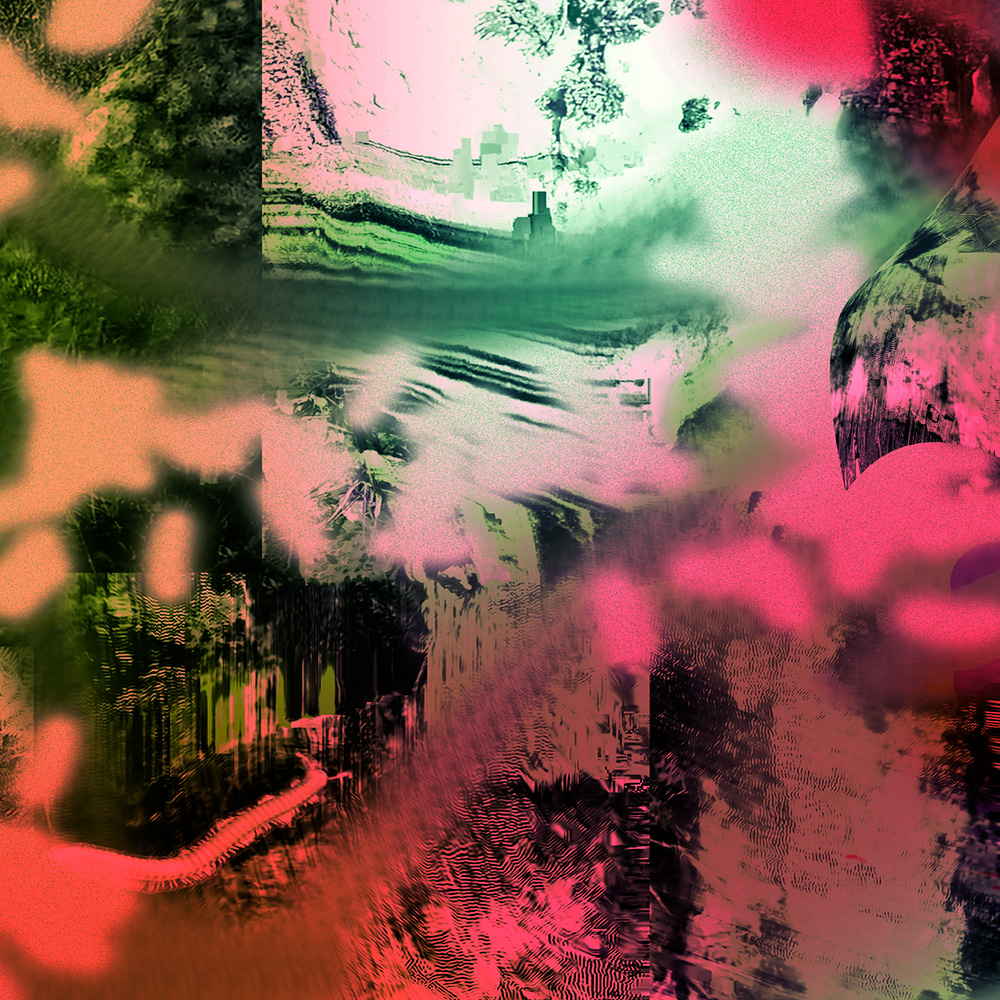
Dive in as to dive out – out of the self-illusion of the individual man. When you dive, whatever you are, is you and, at the same time, not you, as if under-water. There, in the blurry land, is it formlessness that scares the most? Dark is mostly just dark; it’s fear that wakes the terrors out. And terrors are not terroirs, even though, in the middle of everything growing wild and out of order, our heart-rate might confuse them until the first engulfs the latter. Whereas, let me storytell about the terroir: at its most simple is a ‘sense of a place.’ It makes up the sum of all the specific characteristics a particular environment holds, the geography, geology, climate, and so forth – a confluence of all that which affects or changes the taste of what the soil grows. There are no same varietals that can occur in different places, even if you map out the entire process.
So, as all riddles, my beautiful vivarium, always start with a question, then: in that soft spot of what you call your landing site, can you ‘see’ beyond your eyes?
For where humankind hasn’t been at the center of creation, there is a “universe where things long for each other, where everything waits for the other to grow, separately, then return in an endless dance, the dance of life.”*
*Tony Chakar, Down with the World, in Superhumanity: Design of the Self (eds) Beatriz Colomina, Nick Axel, et all, 2018, p. 180